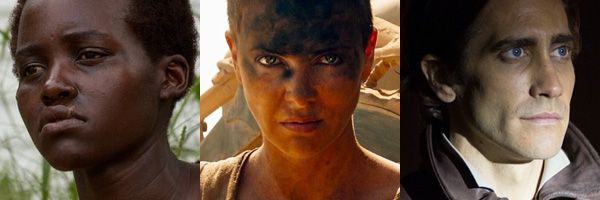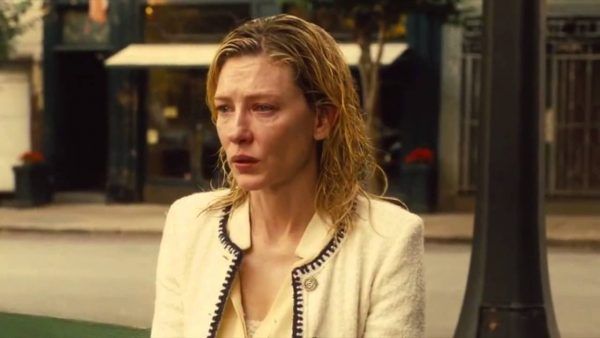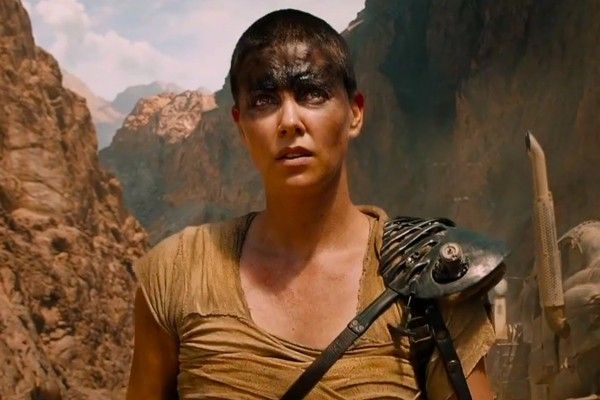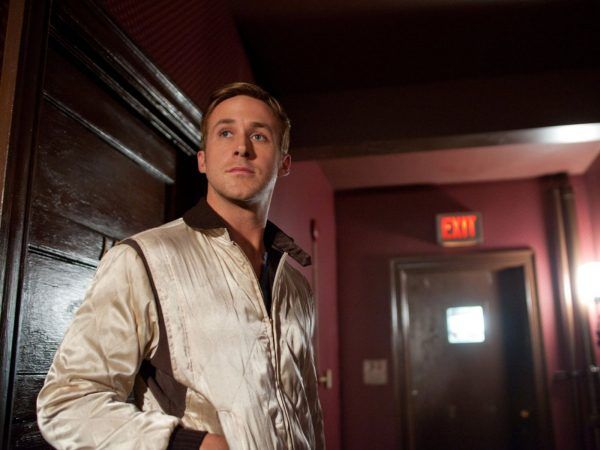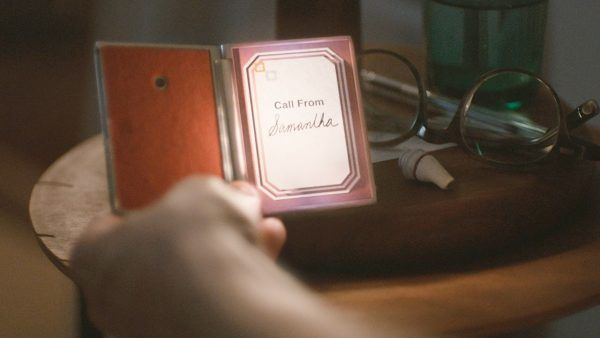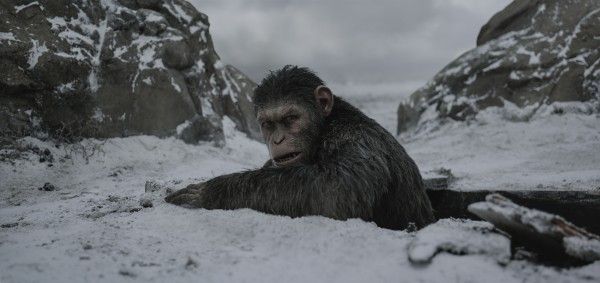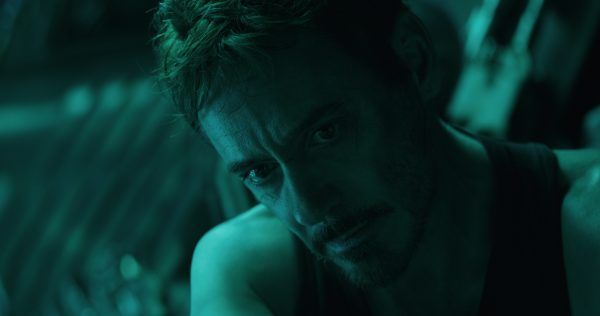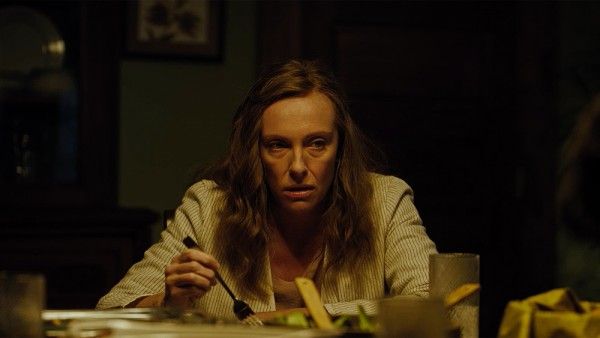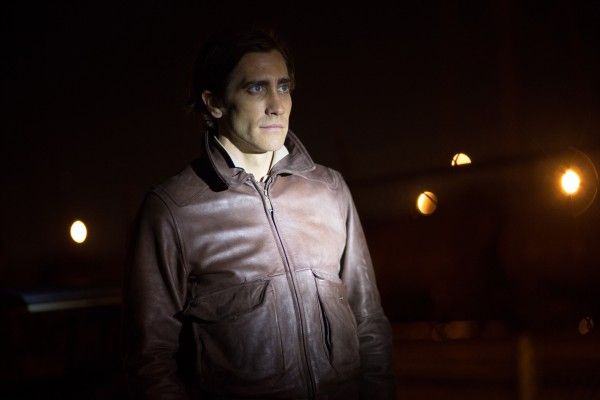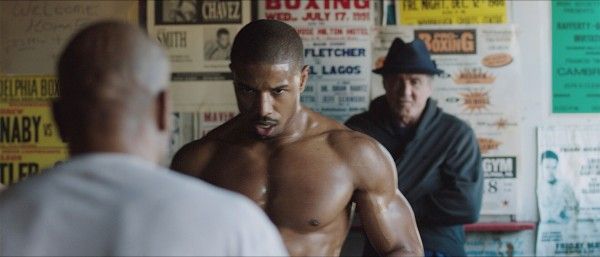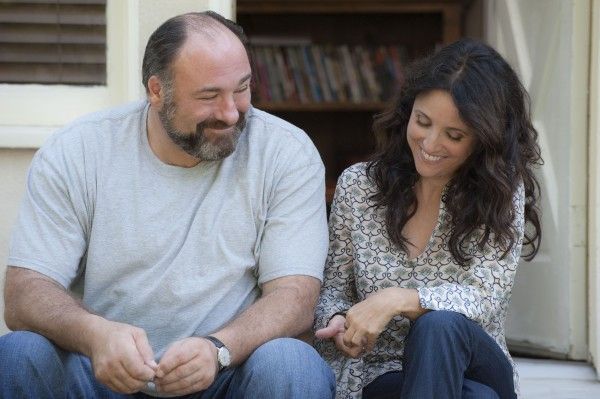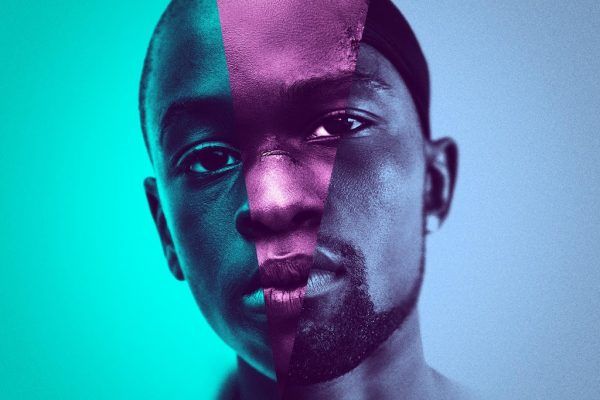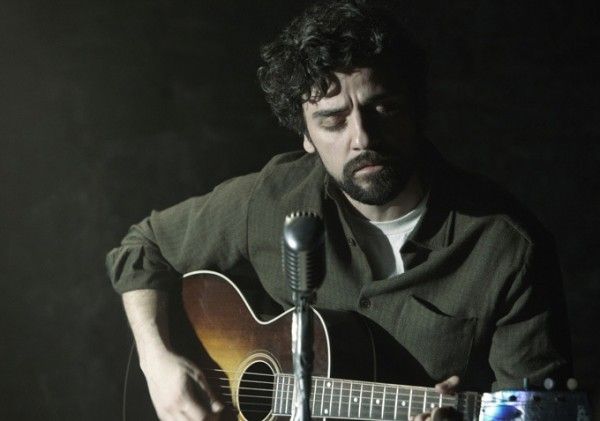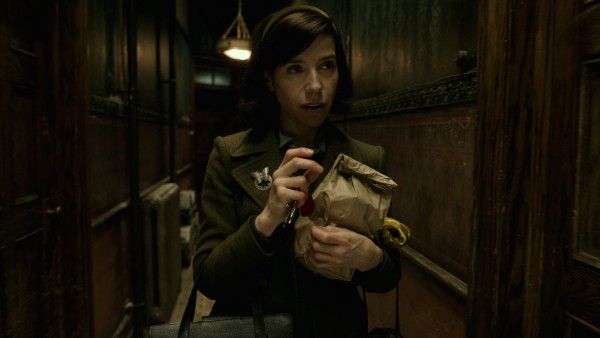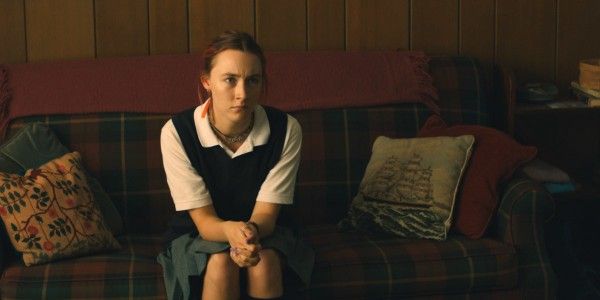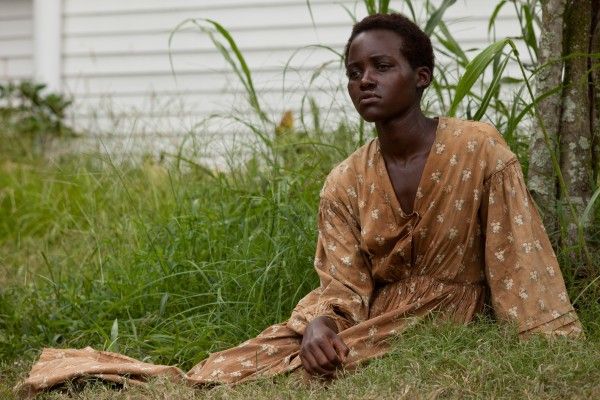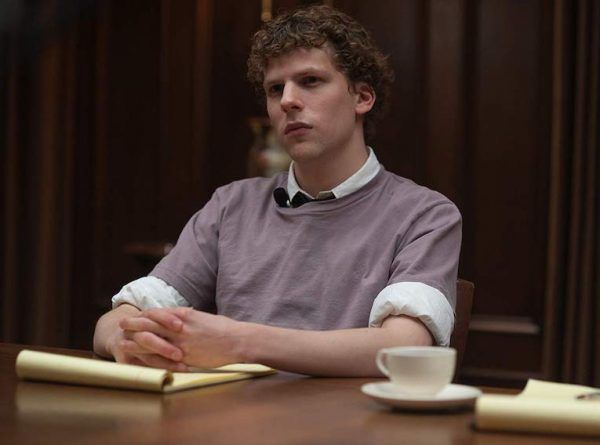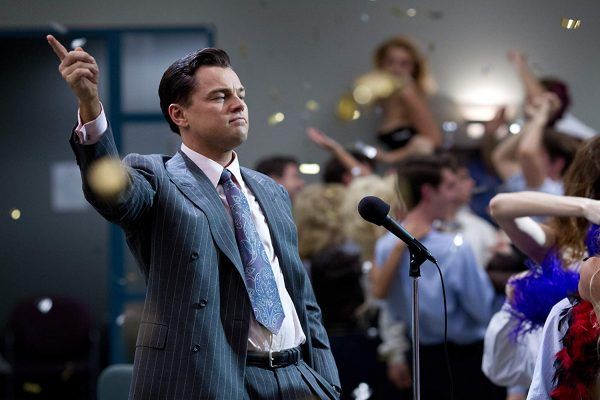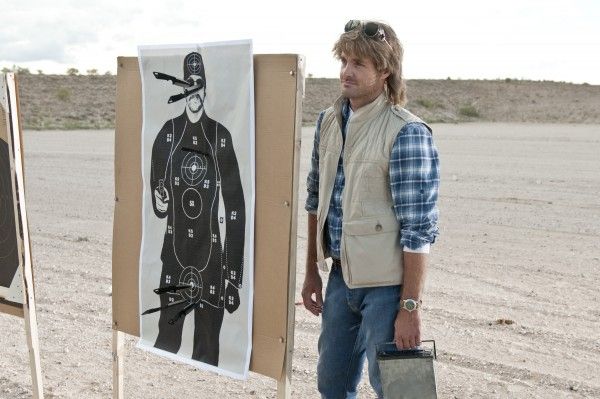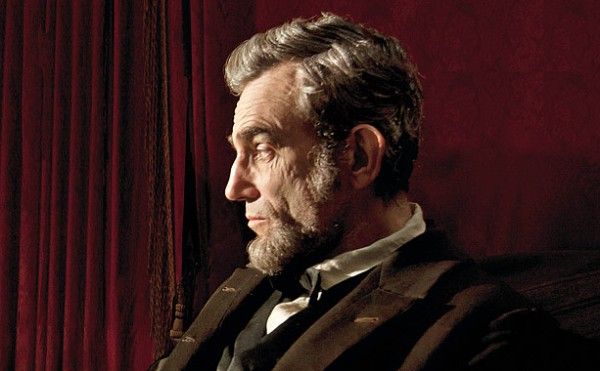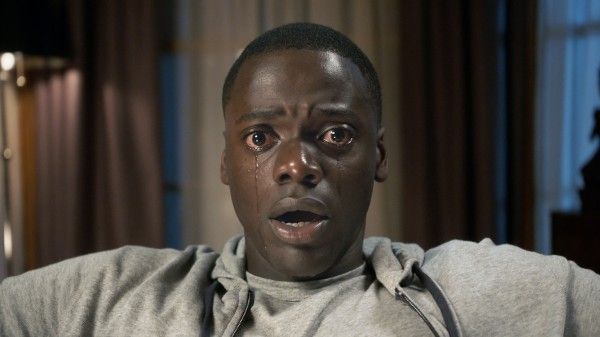The 2010s were packed with amazing performances. It wasn't difficult to go every year at the Oscar and count the many snubs not because the nominated actors were undeserving, but because so many others were also deserving of accolades and recognition. But there are some performances that just stick with you or define an actor so well or make for an unforgettable character that they need to be acknowledged. With that in mind, we've listed some of our favorite performances of the decade, and while it's far from comprehensive (we could have easily made a list that surpassed 100 characters), we feel that these actors deserve special recognition for their incredible work.
Cate Blanchett as “Jasmine” in ‘Blue Jasmine’
Easily the best performance of 2013, Cate Blanchett, one of the greatest actresses of her generation, was devastating as Jasmine. Blue Jasmine follows a woman living with the aftermath of the financial crisis. A riff of sorts on A Streetcar Named Desire with a socialite sister (Jasmine) moving in with her sister (Sally Hawkins), the film never pokes fun at Jasmine or sees her as rich snob being forced back to reality. Instead, the sheer force of Blanchett’s performance forces us to empathize with Jasmine and see a woman whose identity has been shattered and that there’s not much left to tether her to reality. It’s a brutal, harrowing, unforgettable work of acting. – Matt Goldberg
Charlize Theron “Imperator Furiosia” in ‘Mad Max: Fury Road’
All hail one of the great action stars of the 21st century. Mad Max (Tom Hardy) may be the title character and arguably the protagonist, but the movie really belongs to Furiosa (Charlize Theron) with Max along for the ride. What makes Furiosa such a great character and amazing performance is that she eschews simply being a badass. There’s a tremendous emotional weight driving Furiosa, and the movie doesn’t need to load up on exposition to show us that this is a person who has made some serious compromises in her past in order to survive and is now trying to atone by saving the wives. Her moment of raw vulnerability and anguish when she discovers the green place doesn’t exist is one of the best movie moments of the decade. – Matt Goldberg
Ryan Gosling as “Driver” in Drive
Look past the scorpion jacket and stylish direction and you’ll see that what makes Ryan Gosling such an incredible actor is what he doesn’t say. Although he can excel at comedic roles (check out The Nice Guys), where he really shows his power as an actor is when he has no dialogue. Watching Drive, you notice how his character, the unnamed driver, rarely engages in conversation. He lets other people talk themselves into circles while he just listens. If good acting is reacting, then this is easily one of the best performances of the decade because it’s just Gosling processing information and letting you read little emotions and reactions on his face, but never enough to tip the character’s hand. While there are certainly moments of high intensity and drama in Drive, it’s the quietness of Gosling’s performance that stays with you. – Matt Goldberg
Scarlett Johansson as “Samantha” in Her
Scarlett Johansson’s vocal performance stands out among all the others for a variety of reasons. For starters, she’s the only main vocal performance in the movie. Everyone else gets the benefit of using facial expressions and body languages, but she has to be a character who’s just as real and present as her co-stars. Second, she’s really the co-lead in this story, and we have to buy her as more than app but as a fully formed person that Theodore (Joaquin Phoenix) could fall in love with. Third, Johansson didn’t have the benefit of performing on set with her co-stars. The role originally belonged to Samantha Morton and then director Spike Jonze chose to recast in post-production, and Johansson still hit it out of the park. Her is magic, and Johansson’s work is a key ingredient in that spell. – Matt Goldberg
Andy Serkis as “Caesar” in the Planet of the Apes Trilogy
We can argue all day about who deserves more credit for the Caesar performance—Andy Serkis or the WETA animators—but I’m team Serkis. No one person has done more to advance the art of motion capture technology and performance, and the transformation Serkis does across all three Planet of the Apes movies is astounding. Rise of the Planet of the Apes is perhaps the most striking with its largely non-verbal Caesar, but watching the character evolve and wrestle with his complicated feelings towards humans and apes is really remarkable to behold. Maybe in a couple decades, animators will be completely in the driver’s seat and you won’t need a mo-cap performer. But for now you do, and Caesar belongs to Serkis. – Matt Goldberg
Robert Downey Jr. as “Tony Stark” in the Marvel Cinematic Universe
Let’s get a little hyperbolic, as grand comic book stories demand: Would the modern movie landscape even look the same if it wasn’t for Robert Downey Jr. as Tony Stark and his chrome-domed alter-ego, Iron Man? Jon Favreaukicked off the MCU just outside this decade in 2008, but from that point on Downey Jr. was essentially the rock holding up history’s biggest franchise. His Tony Stark either popped up or played a major role in Iron Man 2, The Avengers, Iron Man 3, Avengers: Age of Ultron, Captain America: Civil War, Spider-Man: Homecoming, Avengers: Infinity War, and Avengers: Endgame. (He’s also, reportedly, got a spot in 2020’s Black Widow.) But more than just sheer volume, you gotta’ wonder if any of this would be possible if the actor didn’t bring such life to the role. From the first to the last, Downey Jr. was Tony Stark. The Oscar-winner took a character first created in 1963 and not only added every quirk and quip and layer of doubt that you’d want but also added several subtle coats of paint himself. Before a billion-dollar empire could be built the world had to buy freaking Iron Man, old Buckethead himself, as a leading live-action superhero. For twelve years, Robert Downey Jr. sold that role with the skill of a master and woo boy, did the world buy in. – Vinnie Mancuso
Toni Collette as “Annie Graham” in ‘Hereditary’
The amount of grief and rage and regret and love Toni Collette manages to pack into one look throughout Ari Aster’s Hereditary is astounding that she almost doesn’t need to make a sound. But oh, the sound she makes; I’m pretty sure I’ll never forget the wail the audience hears as Annie Graham opens the back of her car to find, well, you know. As the matriarch of a family already crumbling before an unimaginable tragedy finally tears them apart, Collette is asked to do so much heavy lifting in Hereditary, just as Annie is largely asked to burden the monumental loss that kicks off the supernatural happenings of the movie. What’s truly remarkable about what Collette manages here is how even while creating a potent stew of sadness there are touches that feel darkly funny. Not ha-ha funny but like, someone tripping at a funeral funny. That’s the thing about this once-in-a-lifetime turn from Collette; you never quite know how to feel every second she’s on screen, and by the time Annie Graham explodes it’s a terrifying wonder to behold. – Vinnie Mancuso
Jake Gyllenhaal as “Louis Bloom” in ‘Nightcrawler’
In 2014, Jake Gyllenhaal lost some weight, opened his eyes a little wider than normal, and stretched his grin back to somewhere around his right ear and transformed into one of the most haunting figures in film history. Louis Bloom is a scavenger, an opportunist who discovers a career in patrolling the L.A. streets at night with a camera to record the grizzliest crime footage possible. Gyllenhaal fills the character with a manic energy bordering on an actual electric current, the type of shiftiness you’d give up a perfectly good seat on public transportation to get away from. It’s mesmerizing. It’s a kind of charisma, but the kind that allows bad men to rise to good stations in life. To manage it, Gyllenhaal is performing on a few different levels; he’s creating a character who himself molded a mask to hide the fact that he’s just a creature of the night, a blood-sucker, the perfect modern-day monster. – Vinnie Mancuso
Michael B. Jordan as “Adonis Creed” in ‘Creed’
For all intents and purposes, Creed should not have worked. Another sequel to Rocky, 39 years after the original and following Rocky Balboa, which already pulled off the miracle of actually being pretty good. Lightning doesn’t strike the same place that many times, but hey, fists do. Nobody quite counted on the talent of Ryan Coogler, who found the perfect vessel for every one of Creed’s themes in Michael B. Jordan as Adonis Creed. Son of the iconic in-ring legend Apollo Creed (Carl Weathers), Adonis knows a little something about that kind of pressure, too, the way the spotlight can shrink and fold even the hardest, most muscular of people. Jordan’s performance is an achingly inward one, the character’s quick temper constantly simmering. As Coogler’s camera swirls around the film’s dazzling, instantly hall of fame-worthy one-shot fight scene, you can’t imagine another actor at the center, turning the most brutal sport in history into a fight against your own past. – Vinnie Mancuso
James Gandolfini as “Albert” in ‘Enough Said’
For a man who looks like a mountain, James Gandolfini was a master at appearing vulnerable. We saw it for years on The Sopranos—it’s the reason you loved Tony even after he proved time and again why you shouldn’t—but the actor put that talent to its best, most beautiful use in one of his last on-screen roles, 2013’s Enough Said. Gandolfini plays Albert, a divorced father with humor and heart to spare who gets involved with Eva (Julia Louis-Dreyfus, also genius), frequent masseuse to his ex-wife, Marianne (Catherine Keener). It’s really impossible to quantify how gentle a performance Gandolfini puts on here, like he’s aware of his size and is afraid he’s gonna disrupt the whole movie. You want, more than anything, for Albert to be okay, but you also kind of understand on some level that he will be, eventually, because of who he is. So much of that is down to Gandolfini, the way he could bring a character’s indescribable goodness to the surface. The movie industry still hasn’t replaced that kind of presence. – Vinnie Mancuso
Alex Hibbert, Ashton Sanders, and Trevante Rhodes as “Chiron” in ‘Moonlight’
Moonlight is a movie about the miracle of time. Told over years, Barry Jenkins’ Oscar-winner follows three pivotal points in the life of one boy, Chiron, played at different milestones by Alex Hibbert, Asthton Sanders, and Trevante Rhodes. The remarkable thing about the trio’s performances is how it is undeniable that we’re watching the same character, but how effectively we’re also watching him grow, evolve, and change. As a child nicknamed “Little”, Hibbert plays Chiron with all the heartbreaking potential that the time before reality affords a person. As a teenager, Ashton Sanders gives Chiron a hardened-but-not-unbreakable shell. And Trevante Rhodes, as an adult Chiron who now goes by “Black”, is unforgettably open as he reckons with every person he was before. It’s a tremendous feat that doesn’t even come close to a gimmick. It’s just one performance, split three ways. – Vinnie Mancuso
Oscar Isaac as “Llewyn Davis” in ‘Inside Llewyn Davis’
The richest, lived-in performance I saw in the last 10 years came courtesy of Oscar Isaac in the supremely underrated Coen Brothers masterwork Inside Llewyn Davis. The titular character is a sad sack, and a bit of a dick if we’re being completely honest, but Isaac realizes Llewyn Davis so fully that you also completely understand where he’s coming from, and ache for his heavy heart. It’s a gut-wrenching performance, but instead of going big or obvious with his characterization, Isaac internalizes everything. The scene where Davis auditions for Bud Grossman only to be told, “I don’t see a lot of money in it,” is absolutely devastating—not only because of the writing or direction or shot composition, all of which are perfect, but because of the look of expected failure on Llewyn’s face. And on top of all of that, Isaac sings and performs all the songs live. The performance of the decade, I tell ya. – Adam Chitwood
Sally Hawkins as “Elisa Esposito” in ‘The Shape of Water’
How does one completely emotionally devastate audiences with a single look? Sally Hawkins knows. The terrific yet somehow underrated actress got a major showcase in Guillermo del Toro’s beautiful Best Picture winner The Shape of Water as a mute janitor, and she knocked it out of the park. This is far from one of those “Famous Actor Plays Person with a Disability, Wins Oscar” performances, as Hawkins fully realizes Elisa as a person, not a “disabled person.” Her role is central to the film’s themes of the undervalued and underseen people in society, but it’s how she realizes the love story at the heart of the film, and the immense expression on her face, that make this a truly unforgettable performance. – Adam Chitwood
Saoirse Ronan as “Christine ‘Lady Bird’ McPherson” in ‘Lady Bird’
The flashy roles in Hollywood tend to be the transformations, both physical and emotional, into playing someone famous or recognizable. But what of the wholly original characters? What about a convincing, dimensional teenage girl? Enter Saoirse Ronan in Greta Gerwig’s masterful Lady Bird. The coming-of-age story touches on the main cornerstones of being a teenager in the world, but in crafting such a specific character in Lady Bird, Gerwig’s film manages to be universal in its relatability. And the heft of that characterization falls on the shoulders of Ronan, who plays up a confidence that hides self-doubt and resentment—no easy task. It’s the film’s final 10 minutes or so where Ronan’s performance transcends from excellent to brilliant, solidifying Lady Bird’s place in cinema history as an iconic character. – Adam Chitwood
Lupita Nyong’o as “Patsey” in ’12 Years a Slave’
Steve McQueen’s Best Picture-winning epic 12 Years a Slave features a cast of recognizable faces, but it’s a testament to Lupita Nyong’o’s talent that after seeing the film, this newcomer is all anyone wanted to talk about. Nyong’o’s performance as lifelong slave Patsey is one of the most heartbreaking and unforgettable screen performances in recent memory, let alone the decade. And it was no easy task given the film’s long takes and exacting visual style. It’s the kind of career-making performance that many dream of but few deliver, and it deservedly won Nyong’o her first of likely many Oscars. – Adam Chitwood
Jesse Eisenberg as “Mark Zuckerberg” in ‘The Social Network’
The Social Network becomes more and more prescient with every passing day, but an underrated aspect of David Fincher and Aaron Sorkin’s 2010 film is the pitch-perfect casting. They were looking for something very specific in filling the role of Mark Zuckerberg, and Jesse Eisenberg proved to be the perfect fit. Arrogant, unassuming, oddly alluring, yet also maybe possibly kind of evil? It’s all in there in Eisenberg’s performance, but it’s impossible to suss out the exact mix of what and how that resulted in what we see on screen. It’s a testament to Eisenberg’s performance that you can’t speak or read or write about Mark Zuckerberg without the mental image of the actor’s portrayal popping in your mind. Instantly iconic. – Adam Chitwood
Leonardo DiCaprio as “Jordan Belfort” in ‘The Wolf of Wall Street
Leonardo DiCaprio is one of our greatest living actors, and he may have delivered the best performance of his career (thus far) in Martin Scorsese’s epic 2013 film The Wolf of Wall Street. The deceptively simple role of Jordan Belfort is made memorable and compelling by virtue of the fact that DiCaprio dug deep into bringing this power-obsessed millionaire to the screen. Yes, it’s a tremendous “rise and fall” dramatic arc, but DiCaprio also simultaneously delivers one of the most impressive physical performances of the decade, as Belfort at times goes full Bugs Bunny. – Adam Chitwood
Will Forte as “MacGruber” in ‘MacGruber’
The Oscars may ignore comedy, but we simply will not let that stand. Will Forte is MacGruber, and his go-for-broke performance in this cult favorite comedic masterpiece is utterly brilliant. A ridiculous send-up of 80s action stars, MacGruber paints Forte’s titular character as both a hard-ass and a complete wimp; a genius and an idiot; an independent man apart and a co-dependent scaredy cat incapable of completing any task, no matter how small, without some sort of insane mistake. It’s a performance full of contradictions, but Forte fully realizes it in a way that makes perfect sense. Like, it doesn’t. At all. But when you’re in Forte’s hands, it works completely. What I’m saying here is Will Forte is basically the Daniel Day-Lewis of comedy, and MacGruber is Lincoln with more male nudity. – Adam Chitwood
Daniel Day-Lewis as “Abraham Lincoln” in ‘Lincoln’
I think we underestimate how good of an actor Daniel Day-Lewis is. No, really. Watch There Will Be Blood then watch Lincoln then watch Phantom Thread all in a row, and try and figure out how that’s the same actor. It’s insane. And while his performance in Phantom Thread is indeed tremendous, it’s his work in Lincoln that simply must be singled out on this here list. The physicality of the performance is insane—he looks and sounds like Abraham Lincoln!—but it’s the emotion and internalized struggle that showcase just how brilliant of an actor Day-Lewis really is. This is a film that doesn’t attempt to encapsulate the man’s entire life in two hours, but instead uses one significant event to hone in on what made Lincoln unique. And it’s a testament to Day-Lewis and Steven Spielberg that by the film’s end, we feel like we better understand this historical figure as a human being. – Adam Chitwood
Daniel Kaluuya as “Chris Washington” in ‘Get Out’
Daniel Kaluuya’s performance in Get Out is one of those turns that may take a rewatch to fully clue into how incredibly good it is, because holy hell is this performance great. Jordan Peele’s social thriller about race in America is one of the most iconic films of the decade, and from the get-go Kaluuya’s character is clocking signs that something’s not right, all while navigating his place in an overwhelmingly white setting. It’s emotionally wrecking, really, and it’s a testament to Kaluuya’s talent that we don’t see the “acting” so to speak. Chris feels real, and as a result, his terror and pain and discomfort become our terror and pain and discomfort. – Adam Chitwood

